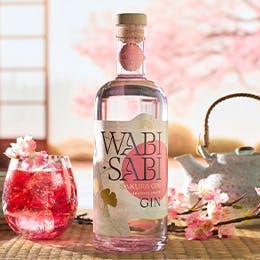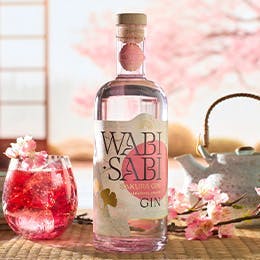Total flexibility, no commitment
A world of unique, crafted gins
Easy, free and reliable delivery
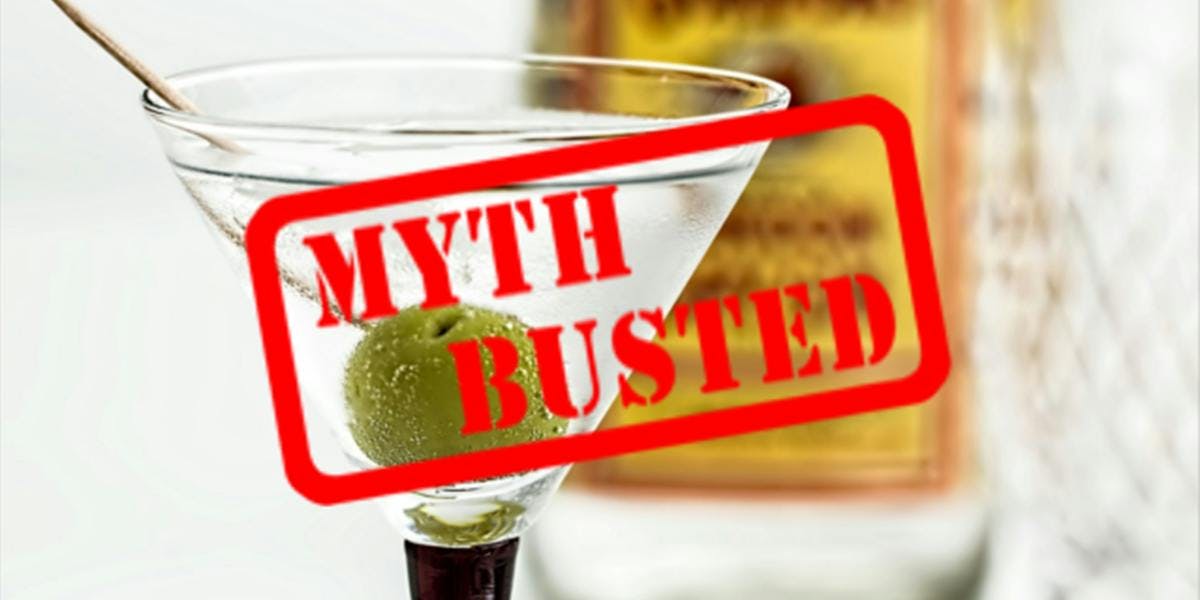
The 8 biggest myths about gin: busted!
The theme for our September 2019 Gin of the Month box was ‘myths and magic’, so we got to thinking: what are the biggest myths out there about gin? Are any of them based in truth?
Whether you're a leisurely G&T sipper or a serious gin connoisseur, there are probably some things about gin you've always just accepted as true. But does gin really have to taste like juniper? And are Brits actually the biggest gin-guzzlers out there? We've decided to take a closer look and debunk some of the biggest myths surrounding good old Mother's Ruin.
Myth #1: Gin is a British thing
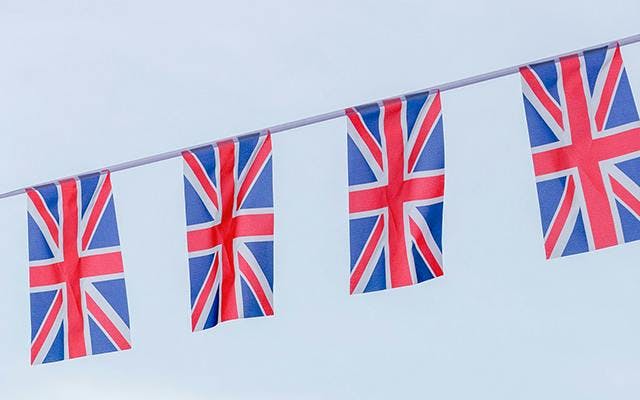
London Dry Gin may have first been invented in Old Blighty, and some of the biggest names in gin - like Gordon and Beefeater - may hail from the UK, but when it comes down to the gin-loving facts the Brits don't come close. Out of countries that love to treat themselves to the tipple, it's the Philippines which consumes the largest amount of gin annually.
As for its origins? Well, initially known as jenever (or genever), gin was actually invented in Holland in the 1600, when physicians added juniper to alcohol in the hope of creating a medicine for kidney and bladder problems (it doesn’t, needless to say)!
The phrase ‘Dutch courage’ came about in the same century, when English soldiers started using the phrase to refer to the drink of jenever they were given to fortify themselves before going into battle alongside the Dutch army during the Thirty Years’ War (1618-48).
Myth #2: More ice makes a watery G&T
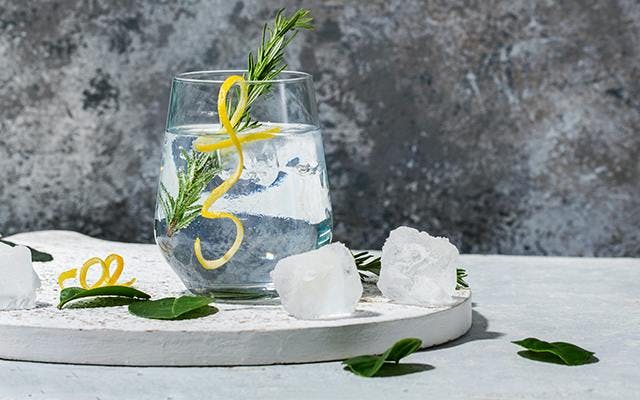
Would-be gin connoisseurs have been berating bar staff over the amount of ice in their G&Ts for far too long. The reason? There’s a myth that adding lots of ice to the glass will water down your gin and dilute all those lovely gin flavours.
However, nothing could be further from the truth! Having more ice keeps your G&T colder for longer, which makes for slower-melting ice and a lot less dilution.
So why not let this myth melt into the annals of history? Ask for more ice, not less!
Myth #3: London Dry Gin Can Only Be Made in the Capital

There are a few requirements that need to be met for a gin to be considered a London Dry Gin but being distilled in London is not one of them!
While it is easy to appreciate where this myth began, the title London Dry Gin refers to a distilling technique, not a specific location – we have certainly found fantastic London Dry Gins in every corner of the world!
Myth #4: Gin makes you sad and weepy
Every drink out there seems to have some strange reputation - tequila gets you crazy, wine makes you sleepy, whiskey incites aggression and gin gets the tears flowing.
The truth is, alcohol is alcohol and usually its effects on your body will depend on how much you drink, how fast you drink and the inherent properties of alcohol itself. When it comes to the boozy boohoos, gin won't make you any sadder than other drinks - alcohol is a depressant and so the chances of feeling blue and shedding a tear are just as likely with any other tipsy tipple.
It’s easy to see where this myth came from: the slums of 18th-century London. There, “bathtub gin” was being produced in back-alley distilleries without regulation or limitation and the effect was ruinous. We’re very happy to say that was certainly a very different liquid to the gin we know and love today!
Myth #5: Gin can’t be enjoyed neat
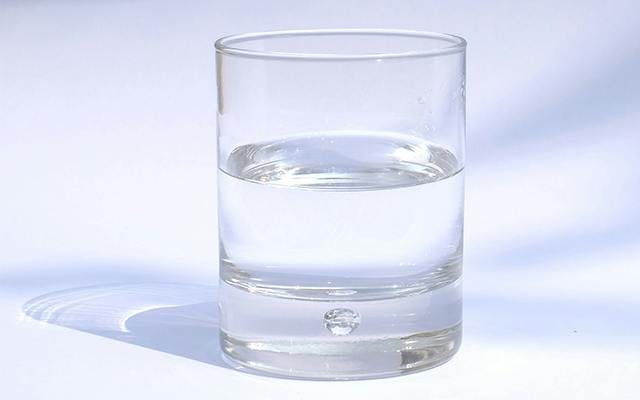
The author Kingsley Amis is quoted as saying: “To pour sweetened fizz like tonic water into to such a masterpiece of the distiller’s art makes about as much sense as putting tomato ketchup on caviar.”
While we do love a good G&T, trying your gin neat ensures you don’t miss any of those subtler, more complex flavours.
Here at Craft Gin Club, when choosing the gins to go into our Gin of the Month boxes, we first try every gin neat and then will sometimes add a tiny dash of water – the difference it makes is unbelievable!
Myth #6: Gin tastes just like juniper
It's true that gin, in order to even be classified as such, has to contain these little berries. However, it's definitely NOT true that gin only tastes like them. In fact, one of the most wonderful things about our booze of choice is the fact that it can be distilled with loads of different botanicals to create unique flavour profiles that a lot of other spirits just can't do.
Myth #7: A G&T a day keeps malaria away
Unfortunately, your cocktail of choice won't do much to protext you from this disease.
This myth originates from the era when gin was added to the daily dose of anti-malarial medicine that British soldiers in colonial India had to take, in order to make it more palatable. After mixing their medicinal quinine - which was very bitter - with sugar, lime, soda and gin, the medicine went straight down!
Today, tonic water is made with relatively low levels of quinine, and you'd have to drink about 5 litres to get the same medicinal effects (and if you're drinking that many G&Ts you'll have bigger problems than malaria to worry about!).
Myth# 8: Shaking gin 'bruises' it
This one is kind of true, but not in the way you'd think.
'Bruising' is a term that often comes up when Martinis are being made, and it refers to the slightly bitter taste that a gin takes on when it's shaken, not stirred. While gin connoisseurs may argue for ages about this, there's no scientific proof to back it up.
However, a few other things can happen in the shaker that may affect the taste of your drink. Firstly, shaking often makes ice melt faster which can dilute the drink and make it weaker. Secondly, the appearance of gin can become much more cloudy when it's shaken instead of stirred. And lastly, the tiny shards ice that break off during shaking can ruin the texture of the cocktail. In the end, it's a personal preference how you enjoy your drinks and as long as it suits your palate that's all that matters!
